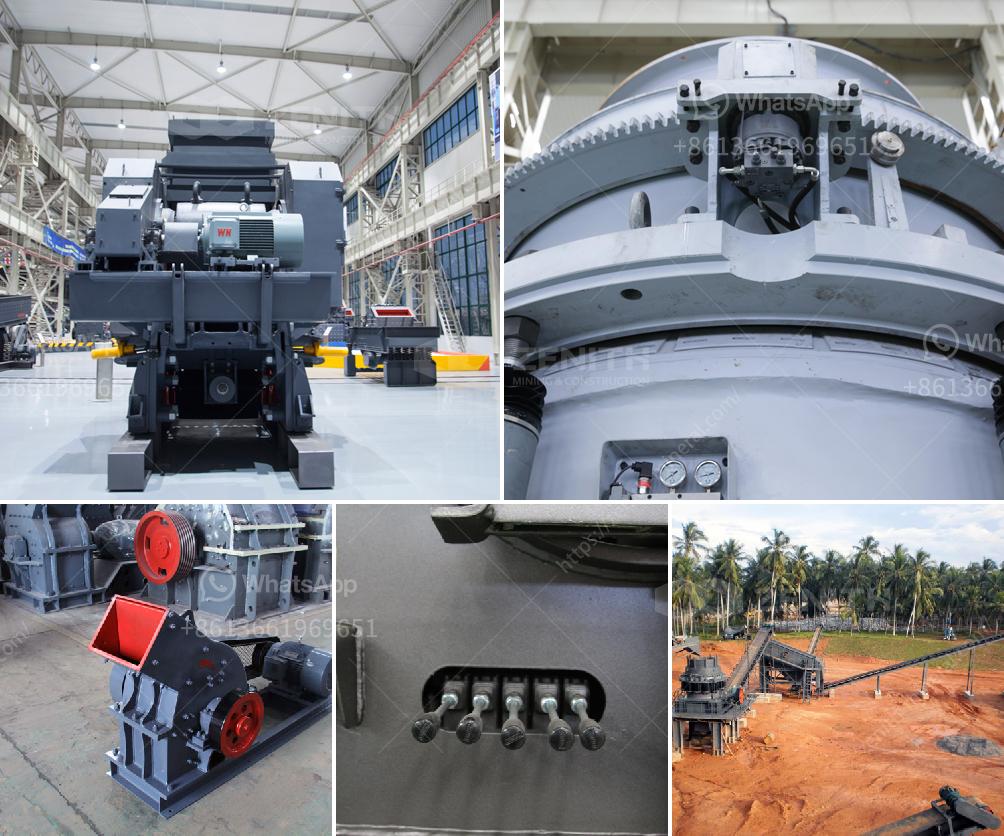Running a quarry business can be a rewarding yet complex endeavor. Here’s a step-by-step guide to get you started:
1. Market Research and Feasibility Study:
- Identify Demand: Analyze the local demand for quarry products such as gravel, crushed stone, and sand.
- Competition: Identify existing competitors and assess their strengths and weaknesses.
- Location Analysis: Choose a strategic location with abundant natural resources and good transportation links.
2. Business Plan:
- Prepare a comprehensive business plan detailing your mission, vision, objectives, market analysis, and financial projections.
- Include an operational plan outlining day-to-day operations, staffing needs, and equipment requirements.
3. Legal and Regulatory Requirements:
- Permits and Licenses: Obtain the necessary permits and licenses from local, state, and federal authorities.
- Environmental Compliance: Ensure compliance with environmental regulations, including impact assessments and mitigation plans.
4. Securing Funding:
- Determine the capital requirements for land acquisition, equipment, staffing, and initial operations.
- Explore funding options such as loans, investors, and government grants.
5. Site Development:
- Land Acquisition: Purchase or lease the land meant for quarrying operations.
- Infrastructure: Develop necessary infrastructure, including access roads, drainage systems, and safety measures.
- Equipment: Procure the right machinery and equipment like crushers, loaders, trucks, and drilling equipment.
6. Staffing:
- Hire skilled personnel including managers, engineers, equipment operators, and laborers.
- Provide training to ensure safety and efficiency.
7. Operational Management:
- Site Preparation: Clear and prepare the site for extraction.
- Extraction Process: Develop a systematic extraction process to maximize efficiency and minimize waste.
- Safety Protocols: Implement strict safety protocols to protect workers and comply with Occupational Health and Safety regulations.
8. Marketing and Sales:
- Develop a marketing strategy to attract customers, including contractors, builders, and other industries.
- Establish relationships with buyers and negotiate supply contracts.
- Focus on quality control to build a reputation for reliable, high-quality products.
9. Monitoring and Expansion:
- Regularly monitor operations to ensure efficiency and profitability.
- Explore opportunities for expansion into new markets or additional product lines.
10. Sustainability and Community Relations:
- Implement sustainable practices to minimize environmental impact.
- Maintain good relations with local communities through engagement and corporate social responsibility initiatives.
By following these steps and maintaining a strong focus on efficiency, compliance, and customer satisfaction, you can successfully run a quarry business.

